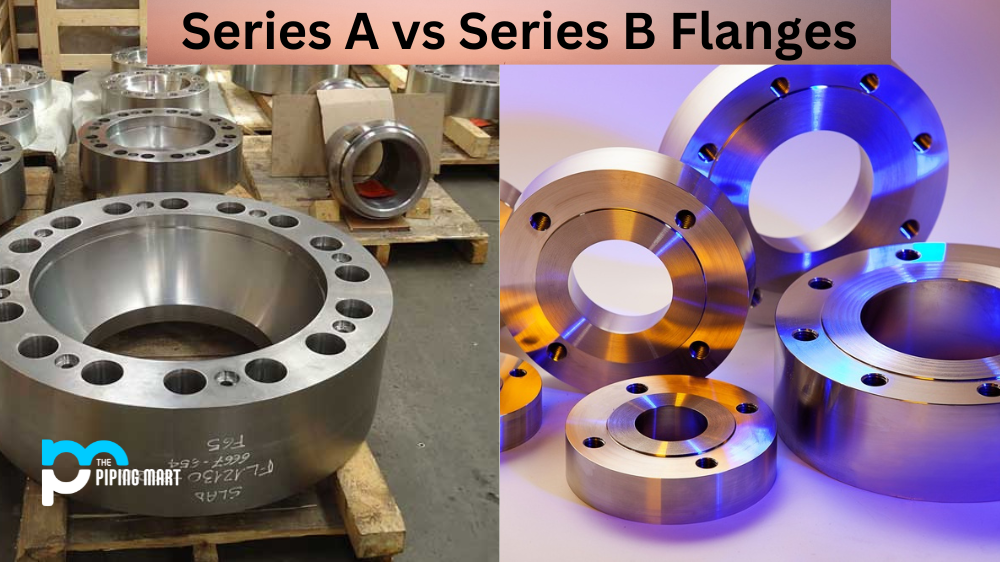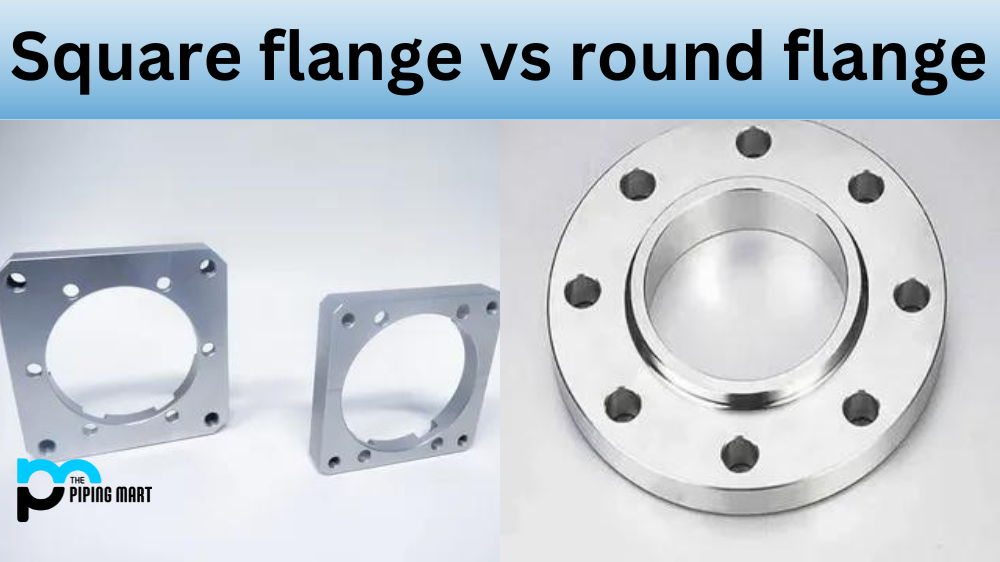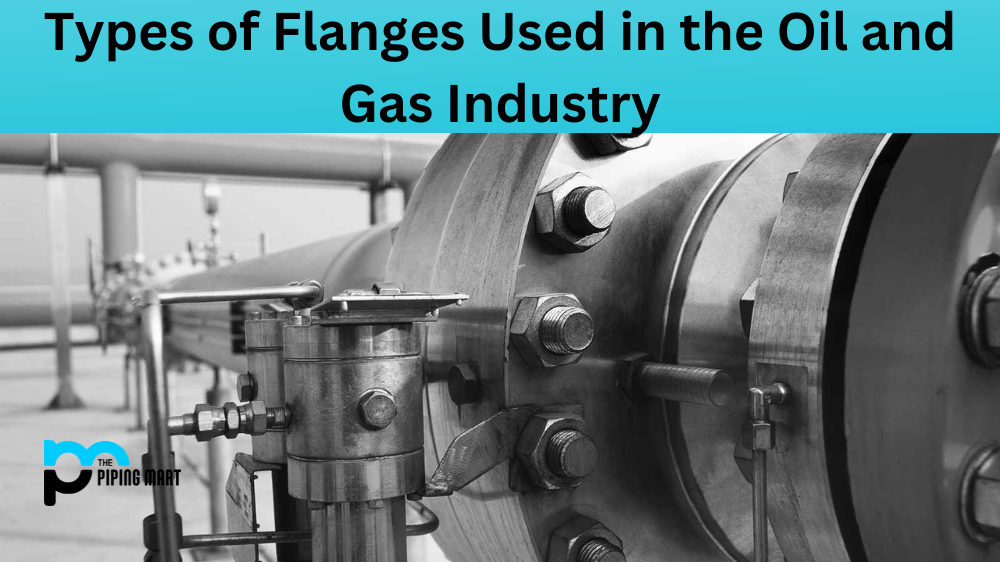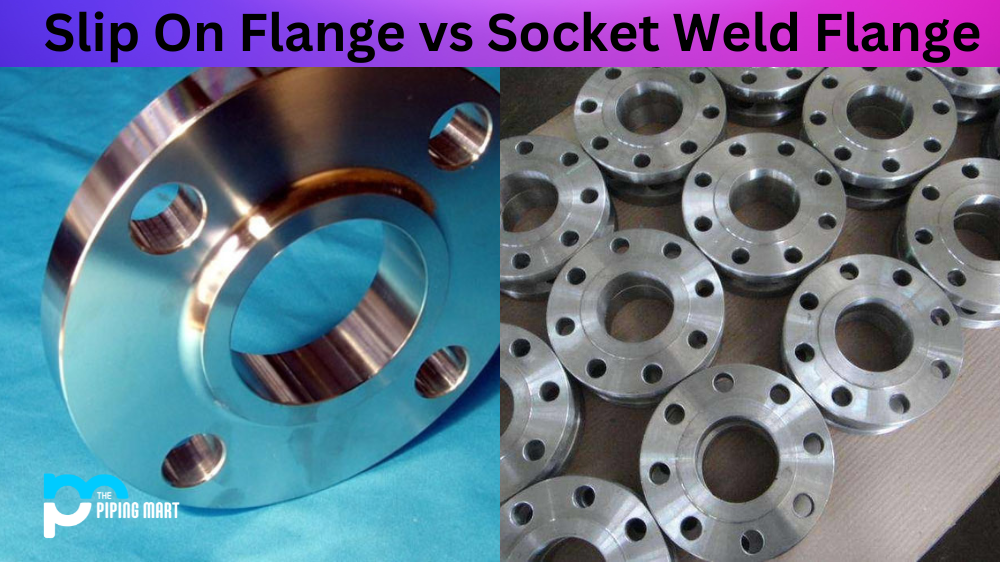If you are looking for flange to meet your piping needs, you have likely come across the terms “Series A” and “Series B” flanges. Knowing the difference between the two is essential for ensuring that you choose the right flange for your project. Read on to learn about the differences between series A and series B flanges.
What is Series A Flange?
Series A flange are standard-sized, lightweight steel rings with a groove cut into their faces that fit together with another ring or gasket in order to form a secure seal. They are commonly used in pipe assembly applications, such as water mains, storm drains, HVAC systems and fuel lines. Series A flange are available in both raised-face and flat-face configurations, depending on the application requirements.
What is Series B Flange?
Series B flange are similar to series A but feature heavier construction than their counterparts. They also come in both raised and flat-face variations. Generally speaking, series B flanges are used where higher pressures or temperatures are present since they offer greater strength and durability than standard series A flange can provide. This makes them ideal for applications like high-pressure steam lines or corrosive chemical systems.
Difference Between Series A and Series B Flange
- Series A flange are the most common type of flange used in piping applications. They are available in a wide variety of sizes and pressure ratings.
- Series B flange are less common than Series A flange, but they offer some advantages over them. They are available in a wider range of sizes and pressure ratings.
- Both Series A and Series B flanges are manufactured using materials such as carbon steel, stainless steel, and various alloy compositions.
- Series A flange are typically welded to the pipe, while Series B flange can be bolted or welded.
- Series A flange are typically used for low-pressure applications, while Series B flanges can be used for high-pressure applications.
- Series A and Series B flanges both have their own benefits and drawbacks, so it is important to select the right type of flange for the application.
Conclusion:
When it comes to choosing between series A and series B flanges, it is important to consider your project’s unique needs and requirements before making a decision. For lower-pressure applications such as water mains or HVAC systems, series A flanges may be sufficient; however, if your project involves higher pressures or temperatures (such as those found in steam lines), then it may be best to opt for series B instead. Regardless of which type of flange you choose, make sure that you take steps to ensure proper installation so that your system remains safe and secure throughout its life cycle.

Pipingmart is a B2B portal that specializes in metal, industrial and piping items. Additionally, we share the latest information and information about materials, products and various types of grades to assist businesses that are involved in this business.




